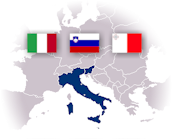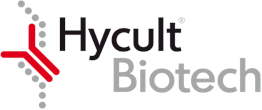
Reactivity
Human
Applications
Immuno assays, Western blot
Description
The monoclonal antibody I3/15 recognizes activated complement protein C3, namely an neo-epitope on C3b, iC3b and C3dg which is not present in native C3. The antibody I3/15 recognizes native C3 after unfolding upon activation or after SDS treatment. C3 is a 190 kD protein that plays an important role in the complement activation cascade. The molecule is central to the classical, alternative and lectin pathways of complement activation. The synthesis of C3 is tissue-specific and is modulated in response to a variety of stimulatory agents. C3 is the most abundant protein of the complement system with serum protein levels of about 1.3 mg/ml. When activated, C3 is cleaved into two biologically active fragments known as C3a and C3b. C3a is a mediator of local inflammatory processes with anaphylatoxic properties. As such it induces smooth muscle contraction, increases vascular permeability, and causes histamine release from mast cells and basophilic leukocytes. C3b becomes attached to immune complexes and is further cleaved into iC3b, C3c, C3dg and C3f. The C3 fragments C3b, iC3b, C3dg and C3d are collectively termed activated C3 (act. C3). The most important function of C3 fragments is the interaction of the complement system with other immune cells. Activation products of the complement cascade contain neo-epitopes that are not present in the individual native components. Monoclonal antibodies detecting neo-epitopes have been used for direct quantification of activation at different steps in the complement cascade.
ESCLUSIVAMENTE PER USO DI RICERCA (RUO) e non per uso terapeutico o diagnostico su uomini o animali. Il prodotto NON è un Dispositivo Medico o un Diagnostico in Vitro.
PRODUCT FOR RESEARCH USE ONLY (RUO) and not for therapeutic or diagnostic use on humans or animals. The product is NOT a Medical Device or an In-Vitro Diagnostic (IVD).




